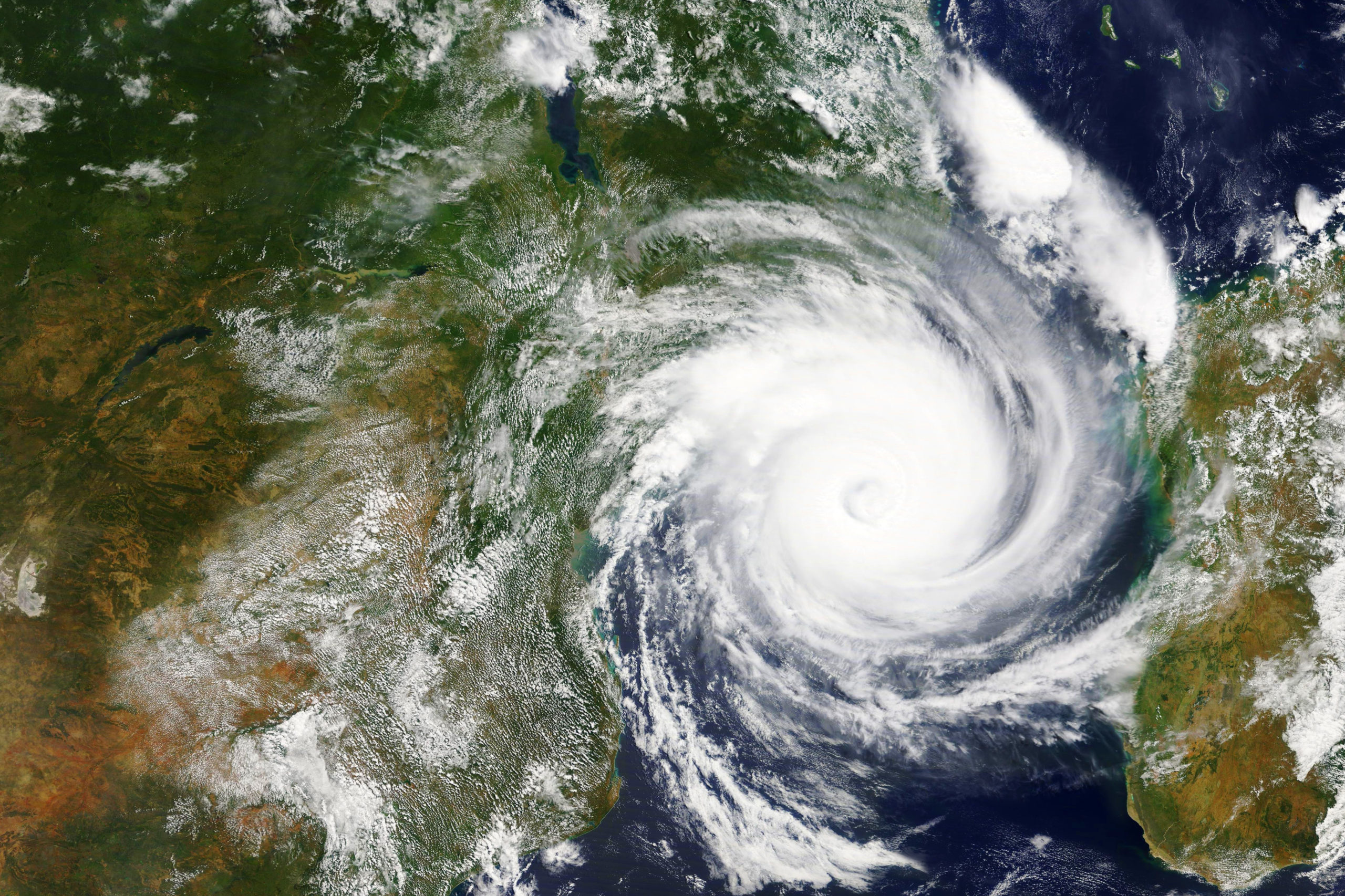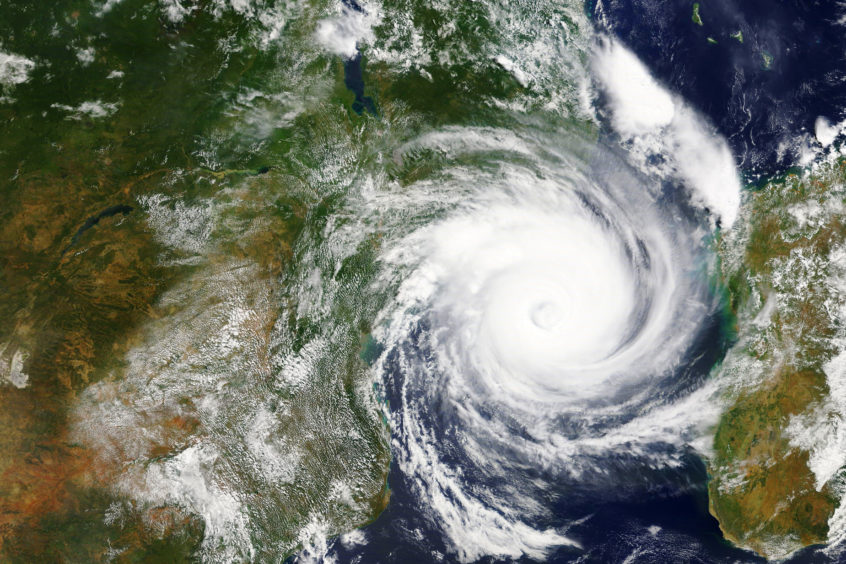
Preparing for the worst and hoping for the best
China’s Yantian port in Shenzhen suspended pick-up and drop-off of containers as tropical cyclone Kompasu approached the nation’s southern coastline. The number of ships waiting outside the port rose to 67, the most since Aug. 26, according to shipping data compiled by Bloomberg.
Seasonal hurdles are a major challenge that shipping companies must deal with. Some shipping companies have taken to continuously monitoring the market because freight forwarding has become an uncertain business. The customary hurdles include events like the Chinese New Year which disrupts supply chains. However, there is also a seasonal problem of hurricanes which can have an even worse effect.
The Pacific hurricane season can be deadly and disruptive to the industry. All merchandise that is shipped to and from North America as well as Asia is at risk. The problems can filter down to domestic shipments such as the ones that pass through Hawaii (USA) and Guam (China). Cancelled flights and shipments are the norm during the hurricane season. Businesses need to understand what the dangers are.
What are the dangerous times for the Pacific hurricanes?
Although the Pacific Cyclone season is well known to shipping companies, it still causes problems every year. There is a domino effect that can even have an impact on those sectors that are not in the vicinity of the disaster. For example, when a port is shut down, flights are often cancelled as well. The planning becomes a nightmare for everyone for weeks or even months. The most severe hurricanes can cause a costly standstill.
Given the fact that hurricanes occur every year, shipping companies and shippers must be prepared. Typically, the season starts in the middle of May and goes into November. However, experts have linked the rising severity and frequency of hurricanes to climate change. If that is true, then in the near future things can only get worse. Ignoring the problem is no solution.
The National Oceanic and Atmospheric Administration (NOAA) has predicted that starting in 2020, there will be a noticeable increase in hurricanes. In addition, the world is still dealing with the devastating effects of the Covid-19 pandemic and other ongoing operational issues such as blockages and delays. This is the time to develop and finesse a strategy for managing the hurricane season.
Developing a strategy for the hurricane season
It is important to expect the unexpected. Quite often, hurricanes are worse than the predictions. Expect that both domestic and international shipping will face disruptions. You will be dealing with backlogs and significant delays in clearing goods. The major ports will either reduce their service or shut down completely. The interventions listed below can inform your preparation process.
STEP 1: Evaluate all the risks and create a mitigation plan
Evaluate the risks that you are facing so that you can develop a priority plan to mitigate issues. Do not assume that your supply chains will not be affected. Although every supply chain has inherent risk, not every risk is immediate. Given the limitations on resources, it is better to organize your team and pay attention to the priorities. Evaluation involves weighing the various risks and mitigation plans before selecting an appropriate response. If you send or receive any merchandise that passes through the Pacific at any point, you should have a clear strategy for what you would do if there were delays during the hurricane season.
STEP 2: Ensure that you have adequate insurance for
Insurance can help mitigate losses. However, you must consider whether your insurance coverage is sufficient enough to cover the risks that you are facing. You should be vigilant if any of your supplier facilities, such as manufacturing plants and warehouses, are in high-risk areas that have a history of hurricanes. As your business grows, ensure that you regularly update your policy to include all your assets and cover all your risks.
STEP 3: Make adequate arrangements with your business partners and suppliers
Your suppliers and other partners are an extension of your business model. Therefore, make an effort to include them in your hurricane preparations. Vendors may cancel orders and sales if not properly updated with alternatives. This is particularly important if you have transactions that take place at the height of the hurricane season. Agreeing on business continuity plans can help everyone in the chain.
STEP 4: Ensure that you have solid backup plans for all your vendors
You should have a backup plan in place if things go wrong which is likely to happen during hurricane season. Your vendors will not know how to respond if there are no alternatives in place. One of the strategies is to have multiple suppliers and vendors in both safe and risky zones. In this way, you can turn to alternatives if there is a problem with your preferred routes. Keep your network as wide and as a deep as possible. That means having local, national, regional, continental, international, and global partnerships that are mutually beneficial.
STEP 5: Develop and foster good working relationships with freight forwarder companies
Selecting the right freight forwarding company is a good step to consider. The most effective forwarders will have contingency plans for the hurricane season and you can benefit from their efforts when you partner with them. Avoid companies that seek to exploit you during the hurricane season. For example, any company that increases prices unreasonably is a warning sign of an exploitative relationship that is not going to support your business model.
The best forwarders will have great relationships with various entities across the globe and this will increase your options at a time when your competitors may be severely restricted. This can come in handy when you want to re-route your shipments and access alternative logistical support for your held-up cargo.
Wrapping up
The hurricane season is part of the shipping industry. One of the most impactful examples is the Pacific hurricane season. To effectively run your shipping business during this season you need to plan ahead, obtain insurance, build partnerships, and partner with a good freight forwarder.




